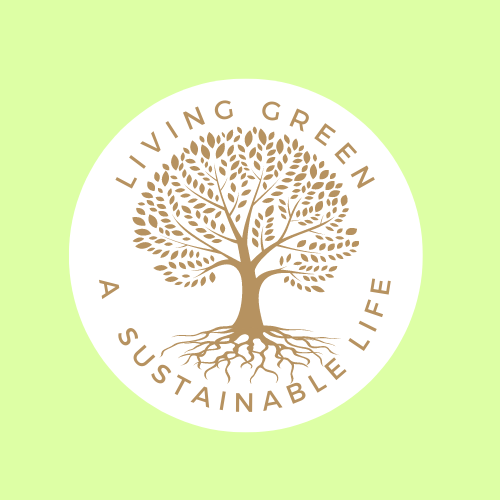How to Recycle Old Cloth Nappies.
Cloth nappies, you use them, you wash them, you use them again. Perhaps you use them on more than one child. But what do you do with them when they have come to the end of their life with you or when they seem to have come to the end of their life full stop?
You can recycle your old cloth nappies at your local textiles recycling point, however repurposing cloth nappies, sending them in to local nappy libraries, repairing or selling them/passing them on will give your nappies more life before recycling.
It’s important to me that this is how we see items. Rather than a use then discard them, even if it is to recycling. We need to think about up-cycling, donating, and what purpose someone else might use it for. Our last options should be recycling.
Ways to repurpose old reusable diapers before recycling them.
1.Selling on old cloth nappies.
The cloth diaper second hand market is a big one. Even for nappies you think are past their best. They might look well used but cloth nappies are built to last and will still work just fine for another family. As long as the waterproof layer (PUL) is undamaged and the elastic is still stretchy they can be used by someone else.
In fact if they are in decent condition you could get back much of the cost you spent on them in the first place. If not just charging a small fee or the cost of postage is likely to get someone’s attention. Many people use the second hand market to bulk out their stash, build a stash if they are on a budget, or for environmental reasons. Because yes cloth nappies are a more sustainable choice than disposables but they still do take resources to make. Buying secondhand therefore is the most sustainable way you can use nappies on your child.
If the world of the pre-loved cloth nappies/diapers is an overwhelming one to you make sure you head to “Navigating the pre-loved market” to help get you started.
2.Donate your cloth nappies.
For many families in this country and aboard buying nappies, disposable or reusables poses a financial problem. If you have nappies that are still in a good condition and need a new home donating them is a really great option.
The Nappy Lady makes this easy for you. Follow this link, to the address you can send cloth nappies to where the team at The Nappy Lady will sort them and pass them onto charities who will find them a good home.
3.Repurposing your old cloth nappies.
Now this might not be doable for all styles of nappies but I know my Mum still has some of my old terry flat nappies in her cupboard she uses now 30 years later as dusters. There are many ways you can repurpose the material from your nappies before sending them to textile recycling.
Old muslins, terries, flat nappies and pocket cloth nappy inserts can be repurposed as cleaning tools all around the house. Microfiber works well picking up dirt from surfaces, while bamboo/cotton fabrics work well on windows and buffing surfaces.
4.Asking nappy libraries if they can make use of old cloth nappies.
Cloth nappy libraries run mainly on donations and volunteers. If you think you nappies are beyond usage it’s worth asking a local nappy library if they would like them for demo nappies. Demo’s from libraries are an important way for them to show new parents just how easy using reusables can be. If you don’t have a local nappy library just a quick google search will show you a number around the country you could message to ask if they would like to be sent old nappies.
This applies for nappies with lots of life left in them too. They can be used for the library to lend out to parents trailing nappies, and is another good cause to donate nappies in good condition.
5.Repair your old nappies.
Any good with a sewing machine? No me neither, but don’t let that stop you thinking about repairing old nappies.
Nappies that loose their elastic, or have velcro that is no longer sticky are easy to fix. If your not good at sewing ask a family member who is or head to a local seamstress. Their likely to charge you much less than the price of a new nappy.
The main absorbent part of a nappy is likely to go on for many years so replacing things like the elastic or velcro will give nappies a new life and see them on many more children.
6.Offer them up for free.
If you do not have the time or money to fix nappies yourself it’s worth putting them up for free on a cloth nappy forum. If they need to be sent just ask for postage. State what is wrong with them e.g “the elastic has gone”, as it is very likely someone out there can use a sewing machine to fix them. This is a get budget option for people that can sew but want to find nappies on a budget.
Now you can recycle.
If you’ve exhausted the 6 points above it’s okay to send them to your local textiles recycling and hope that the materials in your cloth nappies will be used again in something else. I wonder if anyone has ever brought recycled cotton and thought about how it could have once been used to absorb wee hundreds of times?!!! It’s a thought.
Hannah xx
Other articles you might enjoy…
Are Red Marks Normal with Cloth Nappies?
Why the Environment Agency got it Wrong.
How to Shop for Kids Secondhand Clothes.




